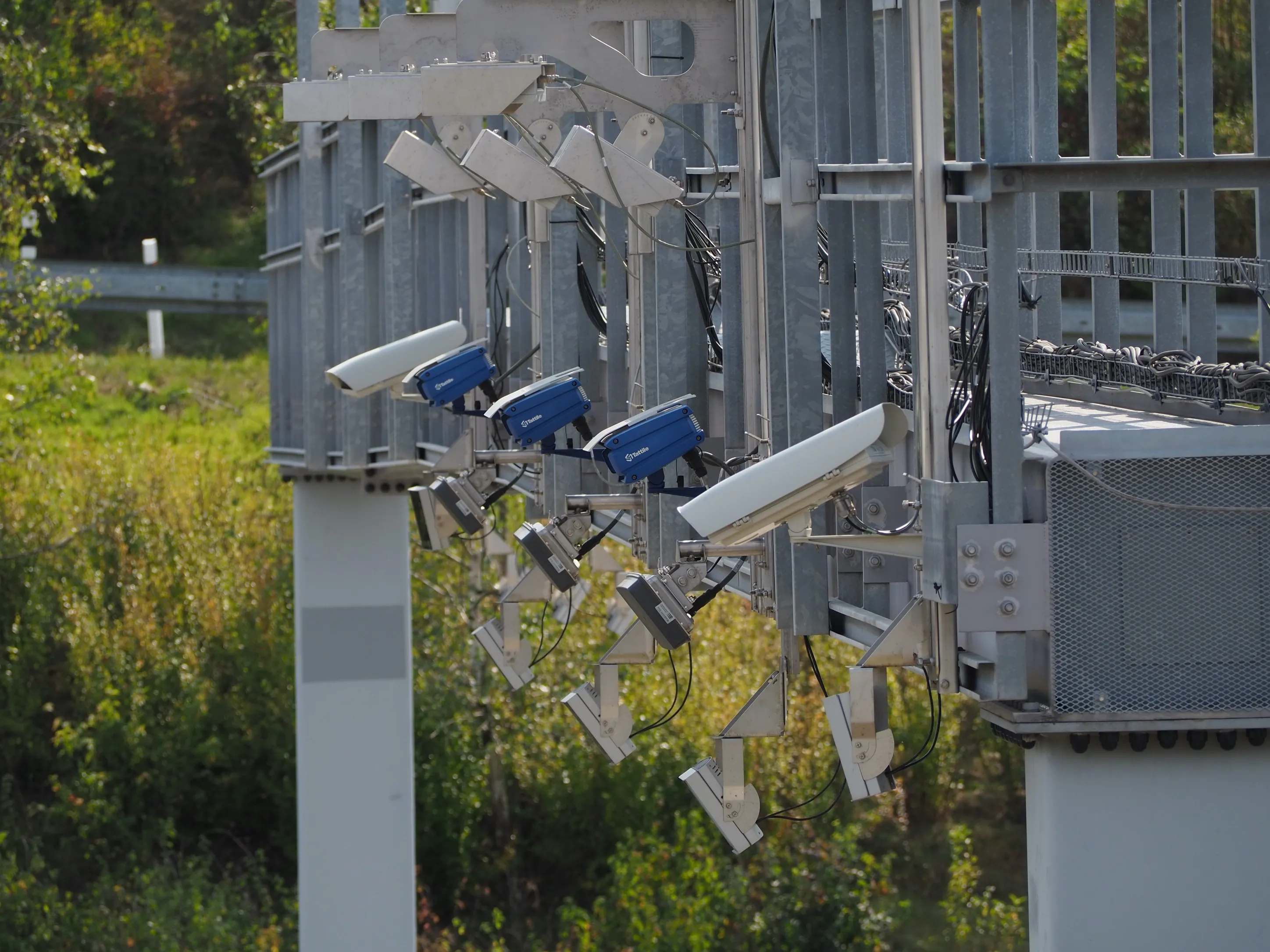Videalert is taking advantage of Parkex 2017 in April to announce the first of a new generation of clean air zone (CAZ) and low emission zone (LEZ) enforcement solutions, providing cost effective enforcement to reduce pollution from toxic gases, including nitrogen dioxide.
Videalert will show how its hosted platform automates the management and enforcement CAZ and LEZ contraventions. With real-time identification of the vehicle type (including make, model, colour, gross weight, engine type and CO² emis
February 23, 2017
Read time: 1 min
Videalert will show how its hosted platform automates the management and enforcement CAZ and LEZ contraventions. With real-time identification of the vehicle type (including make, model, colour, gross weight, engine type and CO² emission band) the system can determine whether an offence has been committed and/or whether the correct tariff has been paid for entry into the restricted zone. The system also provides real-time intelligence to determine the extent of contraventions in any target location.










